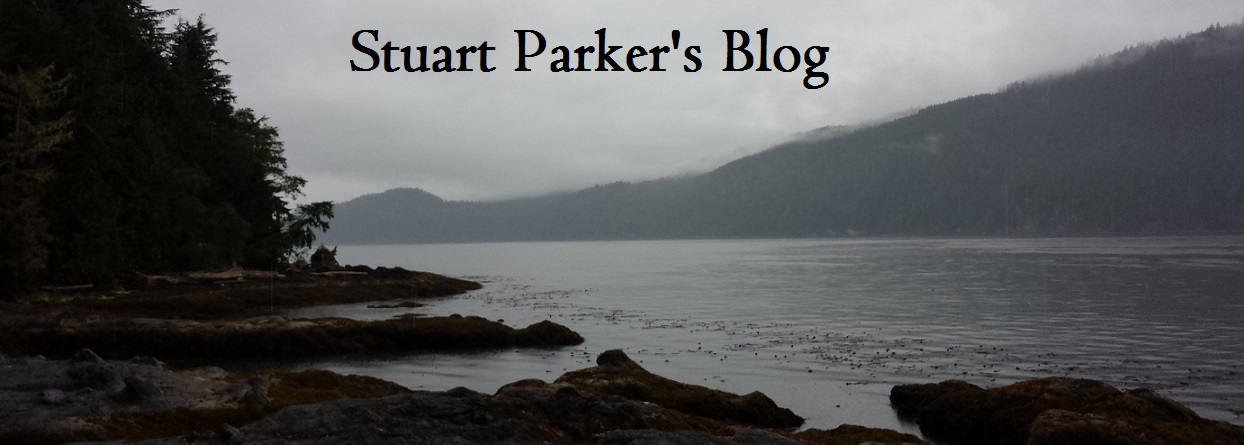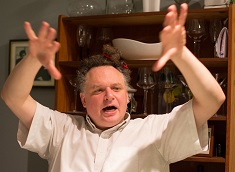Orthodoxy and Un-Saying
People often mistakenly call Wokeness and its component parts “ideology.” While there are certainly ideological aspects of this godless religion, they are often not the most salient characteristics. Certainly, there are religious doctrines associated with this cluster of social movements, but the mechanisms by which they are defended or justified are not ideological in character. Indeed, when a movement propounding a religious orthodoxy takes an authoritarian turn, as Wokeness certainly has, ideologically driven argument is rarely its preferred tool for imposing its beliefs on the skeptical.
For instance, when Galileo Galilei was persecuted for propounding his scientific discoveries, the argument of the Roman Catholic Church was not that his views were incorrect. No argument was mounted against his ideas. Rather, the church argued that stating his views was impermissible and because his views should not have been stated, they were effectively un-said. No argument needed to be mounted against them at all; the faithful were not asked to disbelieve them but rather to act as though they had never heard them.
To state that Central Asian Muslim migrant communities in England are perpetrating violence against girls at a significantly greater rate than their neighbours is not a position UK Labour politicians argue against. They simply state that making this observation is Islamophobic. Because it is impermissible to make the observation, its veracity need not be evaluated. To observe that transgender-identified males are three to four times more likely to commit acts of sexual violence than other males is not a position anyone argues against. Such an observation is un-said because to make it is transphobic. To observe that the main reason that black Americans are more likely to be victims of violent crimes is because young black males are more likely to commit such crimes than other Americans is racist. The veracity of the observation is irrelevant. The problem is not vulnerable black Americans being assaulted; it is people talking about who is assaulting them.
These practices of orthodoxy enforcement, of un-saying, do not impact all of us equally. As you can see from the paragraph above, this kind of retroactive censorship hits the most vulnerable people in our society the hardest, working class teenage girls, incarcerated women and black seniors are just some of the constituencies whose victimization it is impermissible to talk about. Furthermore, if we expand our optic, we might also consider how ill-served young black men or men compelled by an untreated mental illness to mutilate themselves also are by this state of affairs.
Author Wesley Yang cogently observed on Twitter last week that, thanks to this phenomenon, “the best way to obtain immunity from consequence in today’s media environment is to make one’s wrongdoing aligned with dark stereotypes adhering to one’s group—so that a neutral description of what you actually did violates a taboo against exclusionary tropes.”
This “shoot the messenger” policy is today so vigorously defended by those claiming to be “anti-racism” activists that many imagine these practices of silencing observations that risk reinforcing negative stereotypes have always been a practice of anti-racist movements. But this is just another example of Woke reimaginings of the past to serve the present.
Richard Wright, Native Son and the Black Communists
Richard Wright, whose grandparents had been born into slavery, whose parents were sharecroppers, who grew up in violent, impoverished homes and the occasional orphanage lifted himself out of poverty to become one of the greatest black American novelists of the twentieth century. An autodidact with little formal education, Wright did not merely teach himself the craft of writing but dialectical materialism. His credentials as a Marxist and literary giant, not to mention his membership in the Communist Party, ultimately led to his selection as editor of the Daily Worker in 1937.
Shortly thereafter, he began work on his next novel, Native Son. Its main character was provocatively named Bigger Thomas. Bigger—whose name Wright said he chose deliberately to rhyme with “nigger”—was a young, violent black criminal who epitomized the stereotypes of young American black men that are little-changed in the eighty-five years since the novel was first published. “Thomas” referred to the obsequious and weak aspects of his nature by way of reference to Uncle Tom of Uncle Tom’s Cabin.
Native Son was published in 1940 to great accolades from across the American left. The first novel by a black author featured by Book of the Month Club, it was praised by communists, socialists and civil rights activists; Hollywood made three movies of it, the first in 1951, starring Wright himself. Partly inspired by Dostoyevsky’s Crime and Punishment, Bigger, an uneducated violent petty criminal, murders a young, naïve, white communist woman and, in prison, discovers not Jesus but Karl Marx. Orson Welles directed its 1941 Broadway debut.
Much of the final part of the book is a structural analysis of the economic forces that have manufactured Thomas and his ilk that caused so many young men to become uneducated violent criminals. The fact was that too many black men were poor; too many were uneducated; too many were violent; too many were Uncle Toms.
One would think that in our Woke moment, when ideas of “structural violence,” “institutional racism,” “colonialism,” etc. seem hegemonic that Native Son with its highly didactic Marxist concluding chapters would be a much beloved text among progressives. But we all know the reality. Were Native Son published today, it would be assailed as a racist, white supremacist text that reinforced racial stereotypes. Wokes would burn copies and call for Wright’s assault or murder for suggesting, as an eye-witness, that America’s black community has problems with men’s violence that are common to all communities and has problems that are exceptional and non-universal.
You Cannot Cure What You Cannot Diagnose
If one cannot name a problem, the chances of solving it become vanishingly small. If one cannot take notice of the specific features of violence and other social problems in a place like South Side Chicago, where Wright grew up, what chance do we have of addressing these problems? We cannot protect people from today’s Bigger Thomases on their block if we cannot admit that Thomas exists in the first place.
Whether it is violence in America’s inner cities or addiction on Canada’s remote Indian Reserves, an establishment that will not let you notify it of problems because it un-says every report cannot and will note help you. It cannot and will not design rational public policy responses when its discourse insists that there is no such problem because you haven’t reported it because it would be bigoted and reinforce negative stereotypes to do so. Not reinforcing the “drunken Indian” stereotype is more important than helping indigenous communities struggling with addiction.
That is why, today, it is the local Indian Bands in places like Lower Post and Skidegate are taking extraordinary and extralegal measures to protect their communities from the blizzard of drug dealing unleashed by BC’s “safe supply” policies. They realize there is no help coming from the white progressives running the government and the cops because these coddled souls imagine that the worst thing that can happen to you is that someone says negative things about a group you are part of. Not, say, death from fentanyl or a collision with an impaired driver. The establishment is so focused on protecting vulnerable communities from having their problems named that it is doing all it can to ensure that their problems cannot be solved because they cannot be discussed.

